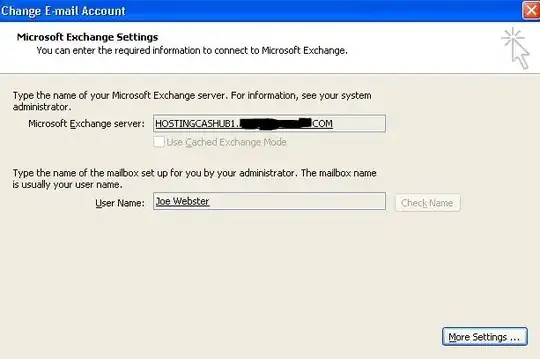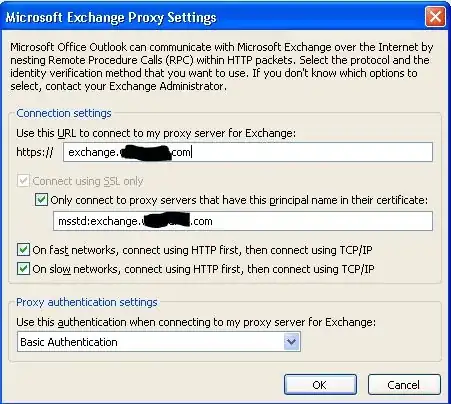I installed an Exchange2013-Server on Windows2012. The Windows2012 server also acts as domain controller - just everything is on this machine.
The server has an internal FQDN (machine.test.internaldomain.local). I also configured an subdomain that points to a dyndns-address. The dyndns client is a router that is configured to pass through every SSL-request to the Exchange2013 server.
I created some test user with the following results: - Receiving mails works. - Sending mails via OWA works. - Connecting my Windows Phone via Exchange connector works.
Configuring Outlook 2013 (using the subdomain as the server address) within my internal network does not work. I got a message that says that the folder group cannot be opened and I have to establish a connection with the Exchange2013 server. Maybe the problem ist, that Outlook replaced the subdomain with the internal FQDN from the server. When I execute:
Get-MailboxDatabase | fl name,RpcClientAccessServer
it prints out the internal FQDN. But this is not, what I want. How can I handle this?
Thanks, Holger

